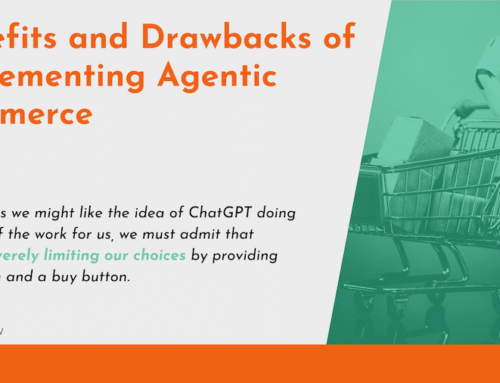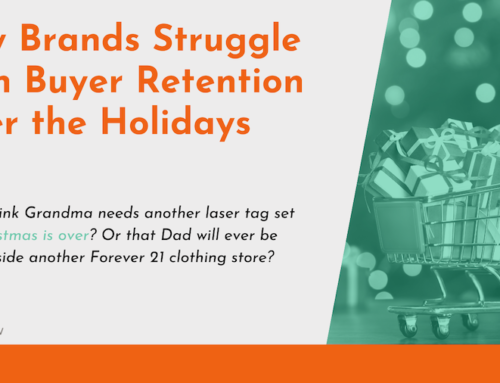
With Generation Z nearly grown and marketers finally grasping what reaches these new adults, it’s time to start considering the next round of potential buyers. Enter Generation Alpha, born in 2010 or after.
It’s easy to consider this newest generation “just kids,” but to do so could harm your chances for marketing to them. To understand their potential spending power, you must consider a few pertinent facts:
- By the time the last Alphas are born in 2025, they’ll number 2 billion globally
- Generation Alpha will be the most formally educated generation, as well as the wealthiest
- They’re already influencing purchases, and not just in their own homes
- Children under 12 and teens influence $130 to 670 billion in household purchases each year
- Their parents are Millennials, who’ve entered their prime spending years
Convinced now that it’s time to start learning how to reach Generation Alpha? Here are a few tips you may want to keep in mind.
They’ve Never Known a World Without Social Media
Generation Alpha’s Millennial parents lived through the creation and rise of Facebook, Instagram, and Twitter. Millennials quickly adopted social media, and use of the platforms has spread to Baby Boomers and beyond. Still, as widely used as social media has been for previous generations, we all remember a time when it wasn’t available.
Generation Alpha isn’t using the social media older generations are, though. You’re not as likely to find them on Facebook or Twitter. Younger generations will be more likely to use Instagram, if they use any of the top three. They’ll blaze their own trails, though, starting with TikTok and likely whatever platforms crop up between now and their adulthood.
Be sure to investigate new social platforms as they arise. Learn the functions and how those can be used to market your brands. You’ll have to stay on your toes!
They’re Using Multiple Screens
These younger consumers start their love affair with technology sooner than any other generation before them. Tablets and kid-friendly phones are among the most wished-for gifts for birthdays and holidays, with games and apps for those devices following closely after. In fact, 81% of parents with pre-teens say they watch videos or play games on electronics every day.
They still love TV, but they’re more likely to watch streaming services like Disney+ (when it launches next month) and even YouTube. Rather than advertising with traditional commercials, consider placing ads within streaming programs or on YouTube videos for greater effect.
Making those ads interactive, with augmented reality features that work with a second screen (like the tablets and phones these kids want so badly) is a great way to make ads stick with them. Links to additional information—more likely a community of users rather than a website—can go a long way toward driving Gen Alpha’s purchasing decisions.
They’re Already Influencing and Paying Attention to Influencers
Last year, Ryan of Ryan’s ToysReview on YouTube raked in over $22 million in revenue for his high-excitement toy reviews. He’s eight years old.
Charli and Ashley of Charli’s Crafty Kitchen are ten and seven years old, respectively. They have over one million subscribers to their baking tutorials, where they also share some of their favorite brands.
Obviously, other kids are watching—and encouraging their parents to buy the products they see from these influencers. They learn this skill from their Millennial parents, who invented influencer marketing. Check out these toddler twins with nearly 4 million followers on Instagram, an account managed by their Millennial mom. Don’t discount working with influencers from the age range you’re trying to reach. They’ll most likely be managed by the parents, and those are the wallets you’re really trying to crack anyway.
The most important tip to keep in mind when planning campaigns to reach Generation Alpha is this: be flexible. Technology will continue to change at a rapid pace, which means new platforms for communication will change just as quickly. Stay on top of the latest social media, streaming, and influencer trends so you can adapt and adopt quickly.





